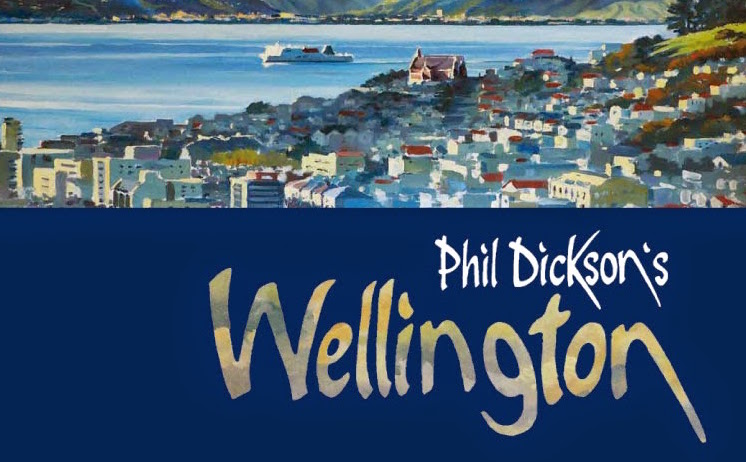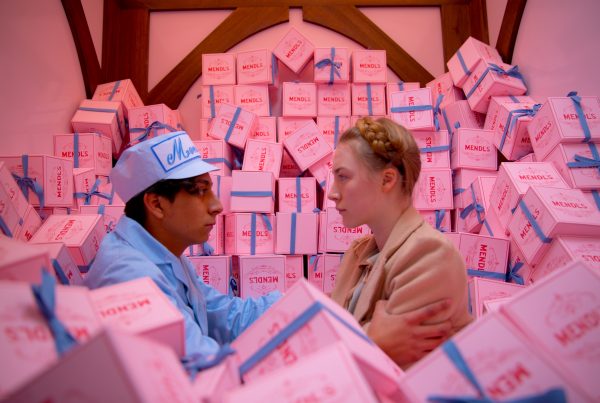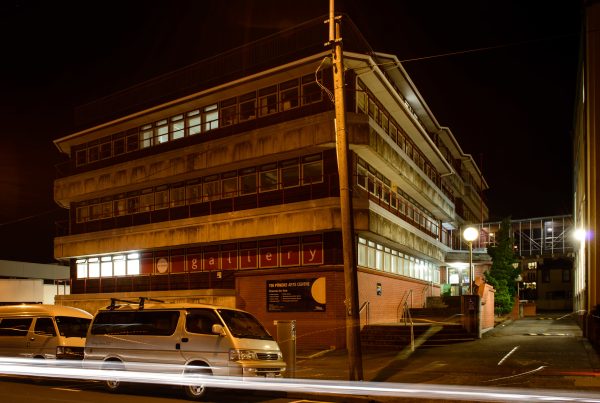
I, Clodia, and Other Portraits: Anna Jackson, Auckland University Press

Young Country: Kerry Hines, Auckland University Press

JAAM 32: Shorelines: Sue Wootton (ed.), JAAM Collective
“Every girl goes through a photography phase,” suggests Scarlett Johannson’s character from Lost in Translation. A friend hated that line so much that when she got a DSLR and a Flickr account, “Photography Phase” was the name she gave her collected works. Was it “girl” that rankled? Were Diane Arbus, Annie Leibovitz, Suze Randall et al. merely “going through photography phases”?
“The pretty photographer” is such a popular trope that you could devote at least half a book of poetry to it — as Anna Jackson has done in I, Clodia, and Other Portraits. Call her ‘pretty photographer’ poems observations, call them snapshots or vignettes — the metaphor still stands. “Pretty” before “photographer”: we see her before she sees us. Yet it’s her gaze that tells the story.
‘The pretty photographer’ provides the B‑side to Jackson’s classical opus, ‘I, Clodia’. This rich collection focuses on an enigmatic desiderata from the late-Roman poetry of Catullus. Jackson extrapolates her perspective into a series of epic, intimate poems against a backdrop of Caesar, Sappho, Cicero — all your favourites from Asterix.
It’s not just girls who go through photography phases, though. In the brash, bohemian, me-first ’80s — the 1880s, that is — railway clerk William Williams was taking up with the Wellington Amateur Photographic Society to depict the citizens, structures and moustaches of New Zealand’s fledgling cities. Now his images sit alongside Kerry Hines’ poetry in her collection Young Country.
Hines marries words to pictures expertly enough to erase the years separating them. She places us behind the eyes of early wanderers around Cuba Street, the Hutt and further climes still. It’s a lyric companion to the likes of Phil Dickson’s Wellington, a collection of sketches and geographic observations focused on the capital.
Dickson’s prose documents the city’s growth and current state ably, while his watercolours burst with local affection. Neatly stripping his works of fine-grain detail, Dickson washes all the now away and lets contemporary snapshots sit alongside long-erased vistas.
The perspectives of former Wellingtonians are interrogated further in John-Paul Powley’s ‘Walking the Beach’, a meaty contribution lurking within the Sue Wootton-edited JAAM 32: Shorelines. The piece takes its cues from a communication with Amy Adams (the politician, not the actor) and a walk from the Ministry of Business, Innovation, and Employment headquarters up through the historic Bolton Street Cemetery.
Powley retells the popular fable of New Zealand’s first eight-hour contract — oft claimed by Rodney Hide-types as an ode to free enterprise — here reclaiming it as a cautionary tale about the rapacity of unfettered business, and the awkwardness of stone arses on gravesites. And with more than 50 other pieces to pore over besides, the collection is easy to recommend to those in all phases of reading life.





